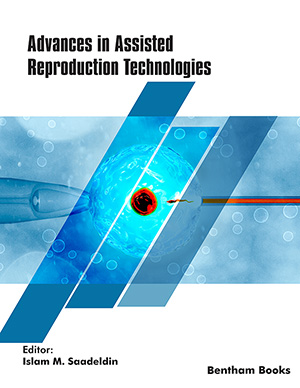Abstract
Background: With the development of medicine and technological advancement, the concept of precision medicine is becoming popular, and the traditional principle of all-in-one therapy has been gradually fading. Utilizing the detection of genome, transcriptome, proteome, and metabolome, combined with big data analysis to discover new pathogenic mechanisms, provides more effective prescriptions with fewer side effects and even shifts the emphasis of medicine from disease treatment to disease prevention.
Methods: Proteomics is one of the potential tools for monitoring the alternations of protein expression. This study analyzed the proteomic alternations between normal colon tissue and cancerous colon tissue via two-dimensional difference gel electrophoresis (2D-DIGE) and matrix-assisted laser desorption/ionization-time of flight mass spectrometry (MALDI-TOF MS) to select the potential target proteins.
Results: The experimental results demonstrated that a total of 90 proteins were identified, which were significantly expressed. These proteins were classified according to their functions. They were found to be mainly associated with cytoskeleton regulation, glycolysis, and protein folding. Furthermore, immunoblotting was used to verify the differentially expressed proteins, and the results were in line with the trends in the proteomic analysis.
Conclusion: To sum up, these differentially expressed proteins could be used as potential and precise biomarkers in the diagnosis or treatment of colorectal cancer.
Keywords: Proteomic, biomarkers, colon cancer, DIGE, mass spectrometry, tumor.
[http://dx.doi.org/10.1377/hlthaff.2017.1624] [PMID: 29733705]
[http://dx.doi.org/10.1142/S2339547818300020] [PMID: 30713991]
[http://dx.doi.org/10.3322/caac.21660] [PMID: 33538338]
[http://dx.doi.org/10.1177/1758834015591952] [PMID: 26327923]
[http://dx.doi.org/10.1080/17474124.2019.1663174] [PMID: 31475851]
[http://dx.doi.org/10.1186/1471-2407-14-887] [PMID: 25428203]
[http://dx.doi.org/10.3390/ijms17020209] [PMID: 26861291]
[http://dx.doi.org/10.1007/s00216-005-3126-3] [PMID: 15900442]
[http://dx.doi.org/10.1111/bph.12704] [PMID: 24665826]
[http://dx.doi.org/10.1038/ng.3031] [PMID: 24997988]
[http://dx.doi.org/10.1186/1479-5876-8-61] [PMID: 20569470]
[http://dx.doi.org/10.1158/1078-0432.CCR-17-1776] [PMID: 29208669]
[http://dx.doi.org/10.1126/science.1160809] [PMID: 19460998]
[http://dx.doi.org/10.3892/ol.2016.4168] [PMID: 26998110]
[http://dx.doi.org/10.1186/1476-4598-13-65] [PMID: 24650096]
[http://dx.doi.org/10.7150/ijms.18736] [PMID: 28824297]
[http://dx.doi.org/10.1186/s12876-020-01377-x] [PMID: 32727566]
[http://dx.doi.org/10.1016/j.tips.2016.11.009] [PMID: 28012700]
[http://dx.doi.org/10.5483/BMBRep.2017.50.8.107] [PMID: 28648146]
[http://dx.doi.org/10.1016/j.cell.2014.10.059] [PMID: 25467444]


























